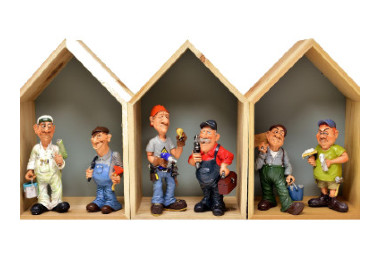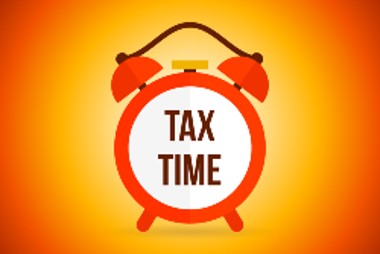As tax time rolls around, it’s important to make sure you’re getting the right support…
Rental property repairs, maintenance, and capital expenditure
 Repairs and Maintenance
Repairs and Maintenance
The cost of repairs and maintenance may be included in full in your tax return in the year you incur them if both:
- the expense directly relates to wear and tear or other damage that has occurred due to the property being rented out
- the property either:
-
- continues to be rented on an ongoing basis; or
- remains available for rent but there is a short period when the property is unoccupied (e.g., unseasonable weather causes tenants to cancel their bookings or advertising is unsuccessful in attracting tenants).
Repairs
In renting out your property any wear and tear or other damage that occurs due to being rented out are considered repairs.
Some examples of repairs include:
- replacing broken windows
- repairing electrical appliances or machinery
- replacing part of the gutter damaged in a storm
- replacing part of a fence damaged by a falling tree branch
Maintenance
Any maintenance must involve keeping your property in a tenantable condition. This includes work to prevent deterioration or to fix existing deterioration.
Some examples of maintenance include:
- repainting faded or damaged interior walls
- oiling, brushing, or cleaning something that is otherwise in good working condition (e.g., oiling a deck or cleaning a swimming pool)
- maintaining plumbing
Capital expenditure which may be claimable over time
Capital allowances
Assets which can be depreciated are items that do not form part of the premises.
They are usually:
- separately identifiable
- not likely to be permanent, and expected to be replaced within a relatively short period
- not part of the structure
To depreciate an asset, you will need to determine what the effective life of the asset will be, if you need assistance in determining this then Contact our Office, we can assist you on this matter.
Capital works
This is used to describe certain kinds of construction expenditure used to produce income. The rate of deduction is normally 2.5% per year for 40 years.
Capital works include:
- building construction costs
- the cost of altering a building
- major renovations to a room
- adding a fence
- building extensions such as garages or patios
- adding structural improvements like a driveway or retaining wall.
Improvements
Anything that makes an aspect of a property better, more valuable or more desirable, or changes the character of the item on which works are being carried out is considered to be an improvement.
Improvements include work that:
- provides something new
- generally, furthers the income producing productivity ability or expected life of the property
- goes beyond just restoring the efficient functioning of the property
Your accountant can assist you in determining whether the improvement is either a capital works where it is a structural improvement or capital allowances where the item is a depreciable asset for tax purposes.
Initial repairs
When acquiring a property any costs that are incurred to remedy defects, damage or deterioration are an initial repair, the costs may form part of the calculation to determine cost base for capital gains purposes or claimed at Capital Works or Capital Allowances on the rental schedule. An example would be fixing floorboards or repairing a broken window that had damage when the property was bought.
For further information access the quick reference chart.
Source: www.ato.gov.au



